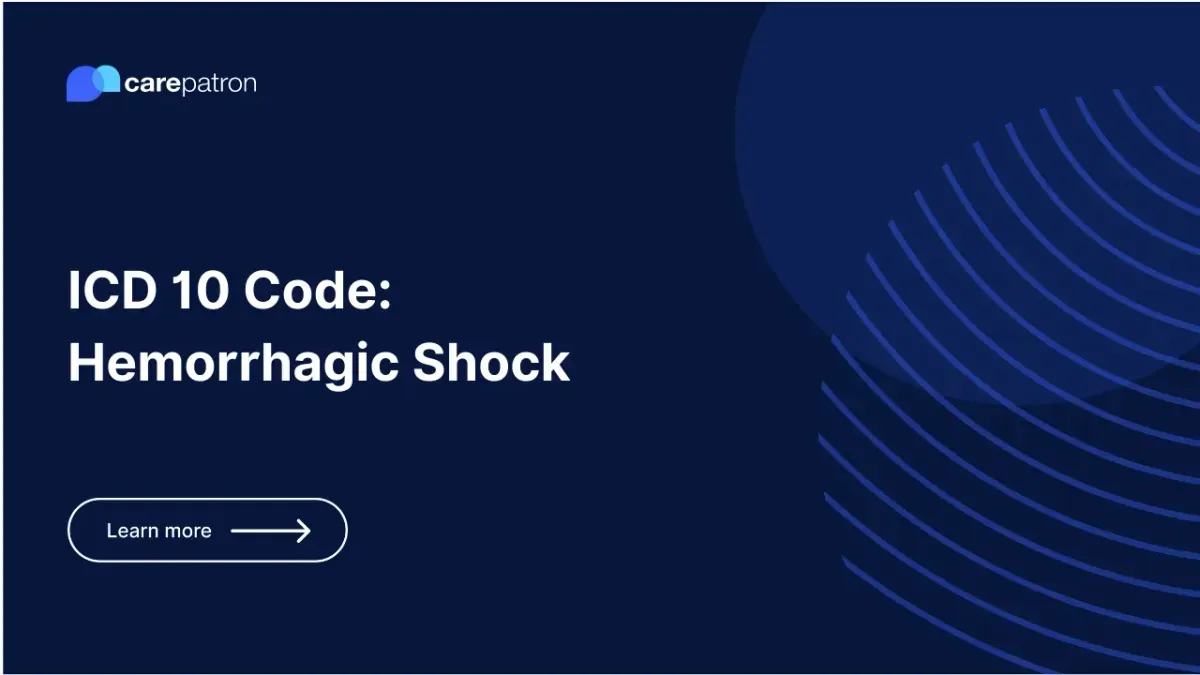
Hemorrhagic Shock ICD-10-CM Codes
Learn about Hemorrhagic Shock ICD-10-CM Codes for 2025. Our comprehensive guide provides the necessary details for accurate medical coding.
Use Code
EHR and practice management software
Get started for free
*No credit card required
Free
$0/usd
Unlimited clients
Telehealth
1GB of storage
Client portal text
Automated billing and online payments
